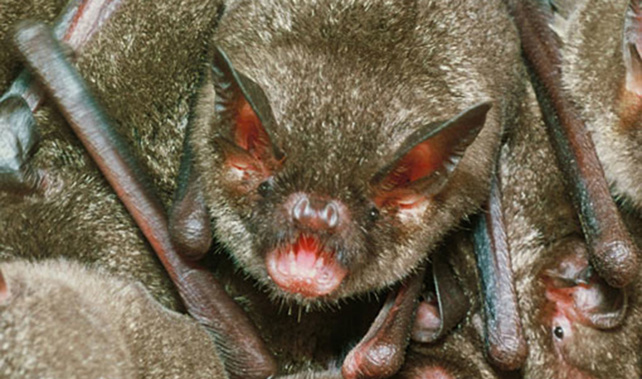
Walking bats in New Zealand have a new ancestor on their family tree, a previously unknown species that was three times bigger than its modern cousins, researchers say.
The study is based on fossils that may date to 16 million years ago, and were found in sediment from a prehistoric lake near Central Otago in the South Island, researchers reported in the journal PLOS ONE.
The new species, Mystacina miocenalis, is related to another bat, Mystacina tuberculata, which still lives in New Zealand's old growth forests, the study said.
"Our discovery shows for the first time that Mystacina bats have been present in New Zealand for upwards of 16 million years, residing in habitats with very similar plant life and food sources," said lead author Suzanne Hand, an associate professor from the University of NSW in Sydney.
Three different species of bats make up New Zealand's only native terrestrial mammals, according to the study.
Two belong to the Mystacina family, which are known as burrowing bats because they forage on the ground.
The bats move on the ground using their wrists and feet.
Until now, the oldest fossil of a Mystacina bat in New Zealand was from a cave in the South Island, dating to 17,500 years ago, the study said. They are believed to have arrived from Australia.
The ancient bat likely ate nectar, pollen, fruit, insects and spiders - much like its modern relatives.
But the elder is estimated to have weighed 40 grams, or about triple the weight of modern bats.
That extra bulk may have made it harder to hunt in the air.
"The size of bats is physically constrained by the demands of flight and echolocation, as you need to be small, quick and accurate to chase insects in the dark," said Hand.
"The unusually large size of this bat suggests it was doing less in-flight hunting and was taking heavier prey from the ground, and larger fruit than even its living cousin."
Take your Radio, Podcasts and Music with you









